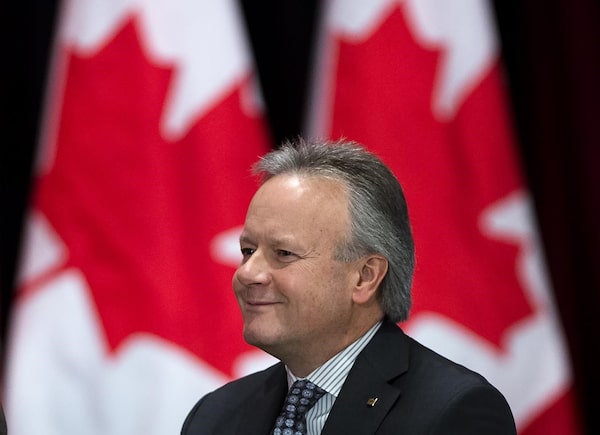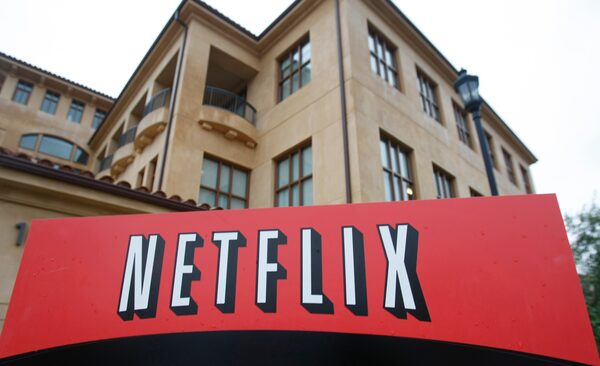A WEEK IN CENTRAL BANKING

Bank of Canada governor Stephen Poloz gets ready to speak in Toronto on Thursday, Dec. 12, 2019.The Canadian Press
Geopolitics overshadowed monetary policy for the first time in many months in early January. But such distractions tend to be short-lived nowadays, with investors getting back to central bank-watching swiftly.
Rate-setters in many countries are about to hold their first policy meetings of 2020 – in Japan on Monday and Tuesday, Canada on Wednesday, Norway and the euro zone on Thursday. On Friday, China sets loan prime rates. In emerging markets, Indonesia and Malaysia bear watching on Wednesday – will they follow Turkey and South Africa by easing policy?
Japan, Canada, Norway and the European Central Bank (ECB) are not expected to make any changes, while it is unlikely China will act again so soon after its early-January reserve ratio cut for banks. The ECB, however, will launch its first strategy review since 2003 to rethink an inflation goal that has not been met for seven years.
Asset manager Pictet reckons at current prices, global stock markets have already priced more than US$2-trillion in central bank stimulus this year. But it predicts authorities will provide less than that, disappointing investors. So what policy makers say or signal at the meetings could well set the tone for equity markets, which have resumed scaling record highs.
DAVOS MAN
U.S. President Donald Trump attends a dinner during the World Economic Forum (WEF) annual meeting in Davos, Switzerland on January 25, 2018.CARLOS BARRIA/Reuters
U.S. President Donald Trump has dealt with China on trade for now, but it is probably a matter of time before his wrath falls on Europe. On Tuesday, he gets a platform to express his views, speaking at the Davos World Economic Forum in Switzerland.
While signing the Phase 1 deal with China, Mr. Trump already griped at having to “pay for our money” in a swipe at the euro zone’s negative borrowing costs. He also blames the “too high” greenback for the huge U.S. current account deficit. A currency war risk therefore may not be too remote, especially in an election year. And remember, the U.S. Treasury already lists Switzerland, Germany, Italy and Ireland as suspected currency “manipulators” – all have trade surpluses with the United States.
Mr. Trump will not be short of sparring opportunities at Davos – some 53 heads of state are to show up in the Alpine resort, including German Chancellor Angela Merkel. There will be 35 finance and 30 trade ministers. And given the green focus of this year’s summit, 17-year-old climate activist Greta Thunberg will attend. It is unclear if her paths will cross those of Mr. Trump, who is well known for his skepticism over climate change and has advised Ms. Thunberg via Twitter to “chill, Greta, chill.”
PMI ON BOE RADAR
A bird flies past The Bank of England in London in December of 2017.Clodagh Kilcoyne/Reuters
Friday brings “flash PMIs” in many countries – advance readings of purchasing managers’ business activity indexes. While the euro zone figures will be scrutinized to get a measure of economic recovery, British PMIs will grab more attention, given they comprise the last key data release before the Bank of England’s Jan. 30 meeting.
A poor number, coming on top of a string of dismal data, could seal the case for easing policy immediately. As recently as Jan. 10, markets saw a 20-per-cent chance of a BoE move this month, but on Jan. 13 that probability leapt to 50 per cent and is now above 60 per cent. Falling gilt yields and sterling also imply investors are bracing for a rate reduction.
Of course, those moves could be reversed if PMIs surprise to the upside. But a modestly positive reading may still not deter the bank from cutting rates this month. In any case, lower British interest rates are fully priced for May.
WATCHING NETFLIX

This Jan. 29, 2010, file photo, shows the company logo and view of Netflix headquarters in Los Gatos, Calif.Marcio Jose Sanchez/The Associated Press
When Netflix Inc., the first of the so-called FAANGs (Facebook Inc., Amazon.com Inc., Apple Inc., Netlix and Alphabet Inc.'s Google), reports fourth-quarter results on Tuesday, investors will want to see how the streaming giant is coping with a wave of competition led by another entertainment heavyweight Walt Disney Co.
Launched last April, Disney+ looks like the most dangerous challenge yet to Netflix’s dominance of an increasingly crowded video-streaming market. Netflix shares are down about 8 per cent since then, hit by worries over slowing subscriber growth and the costs of high-budget productions such as The Crown and The Irishman. Disney+, on the other hand, has risen 24 per cent.
Other competitors are on the horizon. Apple’s new streaming service costs US$5 a month, less than half Netflix’s monthly standard price. And AT&T Inc. will launch HBO Max in 2020.
Investors expect the stock to be volatile. Netflix options imply a 7.6-per-cent swing for the shares in either direction by Friday. Over the past eight quarters, on average, the shares moved 6 per cent after the company reported results, according to Trade Alert.
The German share price index DAX graph is pictured at the stock exchange in Frankfurt on Jan. 17.STAFF/Reuters